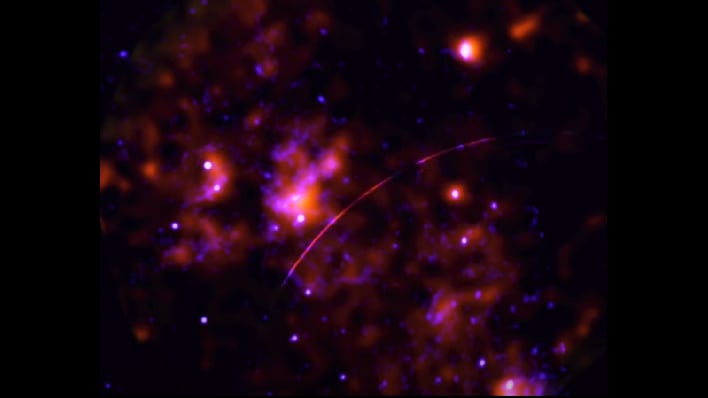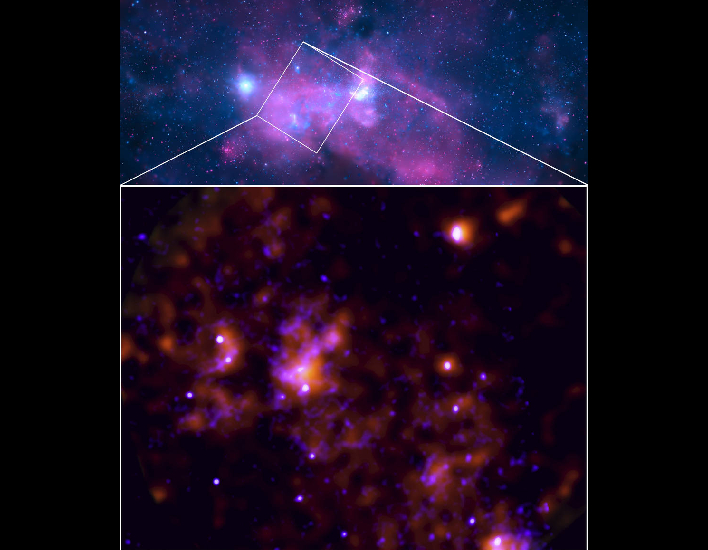Listen To The Cosmic Melody Of A Black Hole Singing Sweet Songs In Space

Sgr A* lies more than 25,000 light-years from Earth in the constellation of Sagittarius and has an estimated mass millions of times that of our Sun. Recently, scientists utilized IXPE to take a closer look at Sgr A* following X-ray studies that discovered relatively recent X-ray emissions of giant clouds of gas nearby. NASA stated that most molecular clouds are "cold and dark," but the X-ray signatures of those detected "shone brightly."
"One of the scenarios to explain why these giant molecular clouds are shining is that they are, in fact, echoing a long-gone flash of X-ray light, indicating that our supermassive black hole was not that quiescent some centuries ago," explained Frederic Marin, an astronomer at the Astronomical Observatory of Strasbourg in France and lead author of a new study published in the journal Nature.
Researchers pointed IXPE at the molecular clouds in question for two periods of study in February and March of 2022. The team then combined the data from IXPE with images from the Chandra X-ray Observatory, comparing them to archival observations made by the European Space Agency's XMM-Newton mission, which allowed them to "isolate the reflected X-ray signal and discover its point of origin."
The combined images also provided the team with a means of producing a sonification, or an adaptation of visual information into audible, which has a soothing melodic tone to it. In the video provided above, an arched line ripples across the image, beginning at the lower right-hand corner. As the line passes by the orange-tinted IXPE data, sounds such as digital winds are triggered. As it moves across the blue-tinted Chandra data, the "notes resemble steel drums."

The team theorizes that the X-rays from the molecular clouds were reflected light from an extremely fierce, short-lived flare produced at or near Sgr A*. The intense flare may have been caused by the supermassive black hole suddenly grabbing a snack of nearby material. The data also enabled the researchers to estimate the luminosity and duration of the original flare, believed to have transpired around 200 Earth years ago, or approximately around the start of the 19th century.
"IXPE is playing a key role in helping us better understand the timescale on which the black hole at the center of our galaxy is changing," remarked Steven Ehlert, IXPE project scientist at NASA's Marshall Space Flight Center in Huntsville, Alabama. He added that researchers are aware that change can happen to galaxies and supermassive black holes on a human timescale and that they are learning more about this type of behavior a little at a time.

